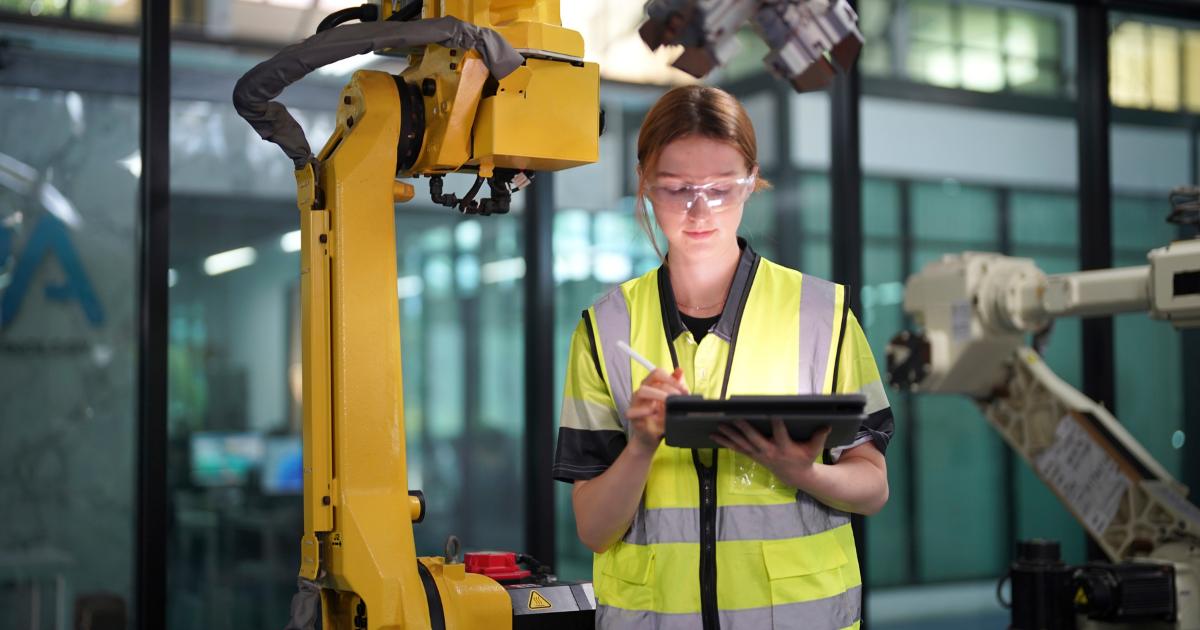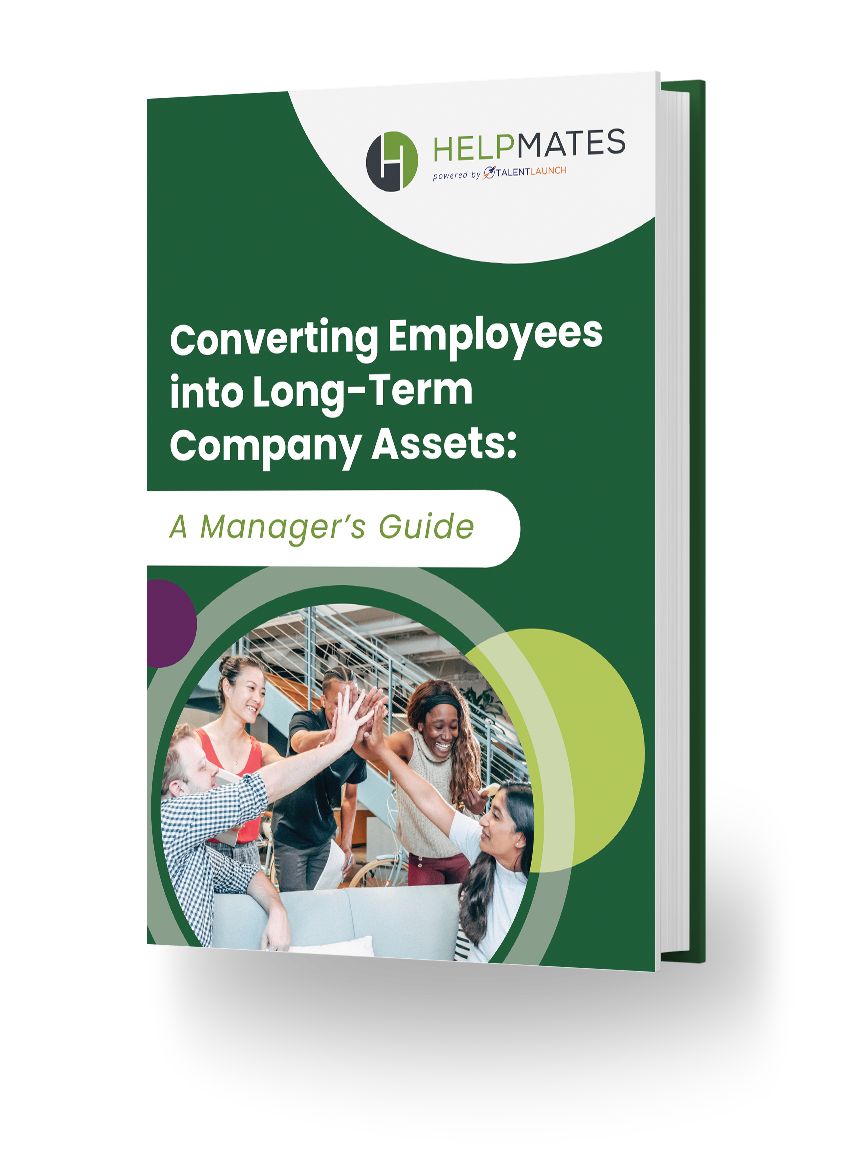When you think of OSHA, what comes to mind?
If you’re like most people, you probably pictured safety goggles, guardrails, hard hats, and warning posters on the production floor.
Important? No question.
But here’s the part that rarely gets talked about: those safety rules don’t just affect operators and supervisors; they affect HR leaders, too.
If you’re in HR at a California manufacturing or production company—whether you’re overseeing machinists, CNC operators, or packaging line associates—you deal with it all: paperwork, claims, workers’ comp headaches, and sometimes even Cal/OSHA knocking on your door.
And in a state where regulations can feel as layered as a Los Angeles freeway interchange, the stakes are high.
While safety goggles and guardrails matter, OSHA certification isn’t just about safety on the floor. It’s about protecting your people, your budget, and your peace of mind.
Let’s start with the first big one: keeping your skilled workforce around.
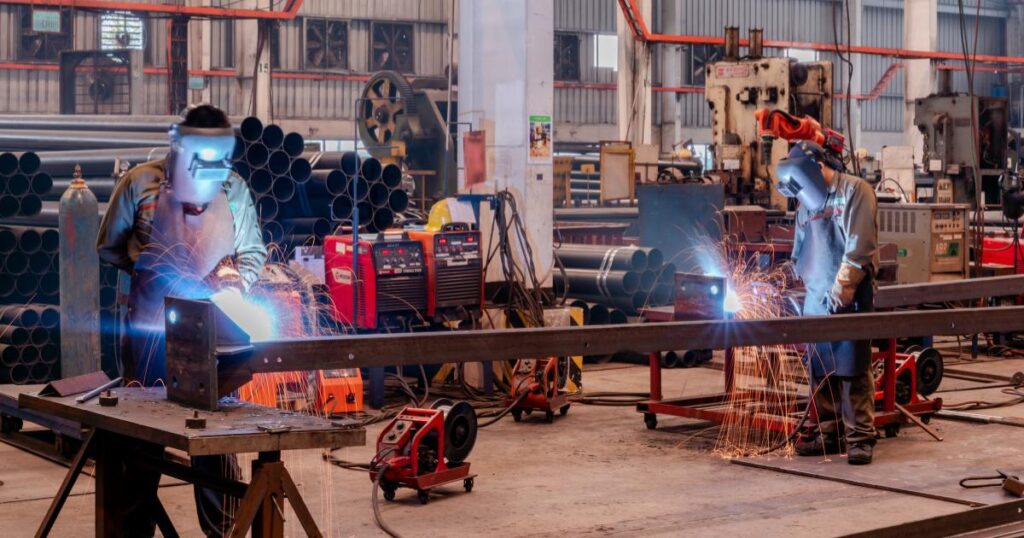
Safety as a Retention Strategy
Manufacturing turnover is already tough in California, where highly trained machinists, welders, and maintenance techs have plenty of options.
If your plant develops a reputation for cutting corners on safety, they’ll head to a competitor with newer equipment and safer practices.
Workers are far less likely to stick with a company if they feel like their well-being is at risk. A safe workplace prevents injuries and increases retention.
By prioritizing OSHA 10-trained employees (and working with staffing partners who understand OSHA 10), you’re sending a clear message: we value safety as much as productivity.
And that’s the kind of message that keeps good people from hopping to the next shop down the street.
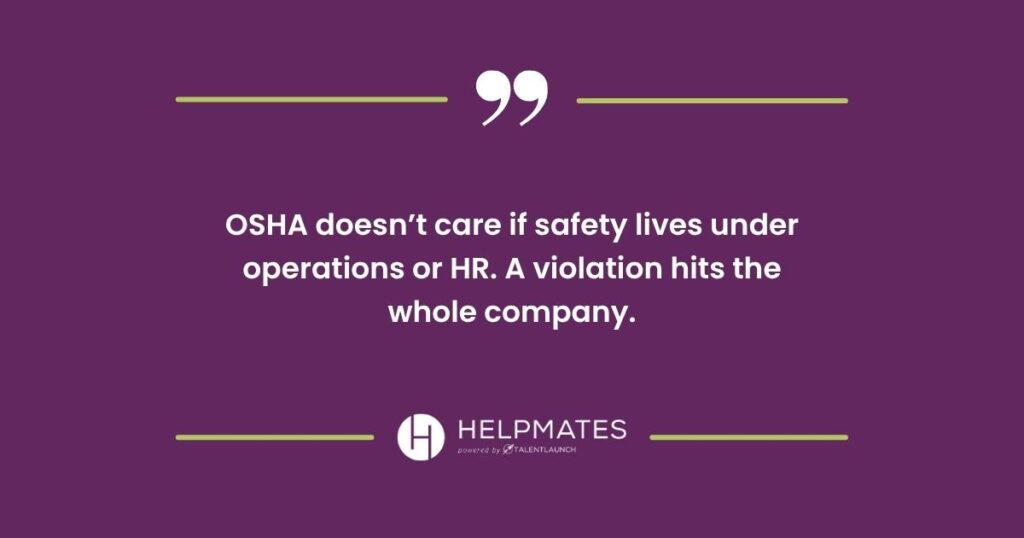
Compliance: Operations and HR Risk
Here’s the thing: Cal/OSHA doesn’t care if safety lives under operations or HR. A violation hits the whole company.
When OSHA issues slow down a line, it’s not just lost time. It’s missed deadlines, overtime costs, and sometimes even strained customer contracts.
HR feels the ripple effects in hiring pressure and retention.
And when an incident happens, HR is the one juggling claims, retraining, and policy updates on top of everything else already on your plate.
Understanding OSHA 10 principles — even at a high level — helps HR leaders anticipate risk and reduce the number of compliance “fire drills.” That means fewer late nights spent filling out incident reports and more time focused on your actual people strategy.
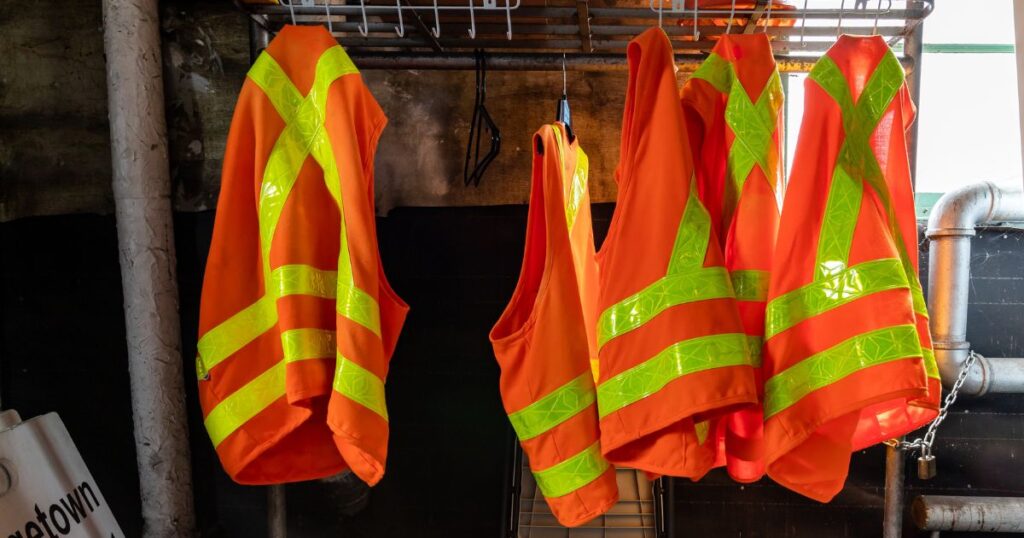
Workers’ Comp, Premiums, and the Cost of Accidents
Ask any HR manager: workers’ comp isn’t just a line item, it’s a moving target. One serious injury can cause premiums to spike faster than California rent.
An injured forklift operator, a burned welder, or a fatigued machine operator can sideline production and create urgent hiring gaps.
Fewer accidents = lower costs. And lower costs mean HR can put dollars toward things that actually support employees, like better benefits or development programs.
A workforce that’s built with safety in mind pays off twice: once in fewer claims, and again in freed-up budget.
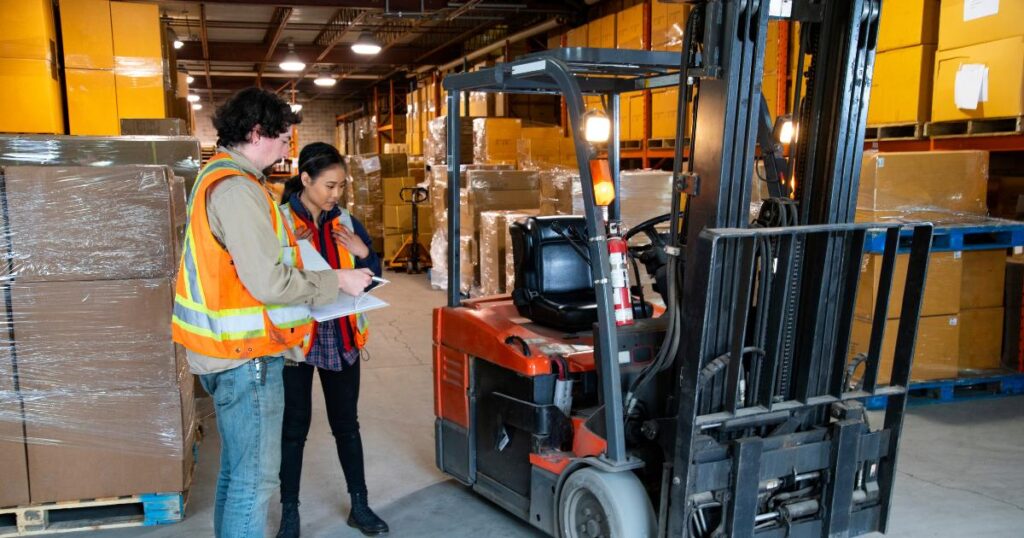
Training, Engagement, and Culture
OSHA training doesn’t just tell workers how not to get hurt. It also gives them knowledge of their rights, and that’s something that can feel especially empowering in California’s employee-driven labor market.
That sense of empowerment builds trust. Trust builds culture. And culture is something HR can showcase in job postings, onboarding, and employer branding.
In skilled trades, pride of craft matters. A culture that values both quality and safety attracts the kind of workers who stick around and deliver consistent output.
Because let’s face it: “We put safety first” is a lot more attractive than “We’ll cross our fingers nothing happens.”

Where Staffing Partners Fit In
Here’s where your staffing partner comes into play.
A staffing partner specializing in manufacturing and production knows these environments inside and out. Add OSHA 10 certification, and you get a recruiting team that can:
- talk safety with supervisors
- understand the demands of skilled manufacturing roles
- better identify safety-minded candidates who are equipped to thrive — reducing HR’s risk of costly turnover and safety incidents
What This Means for HR: Tying It All Together
OSHA certification training may look like it belongs on the shop floor, but its ripple effects land squarely on HR’s desk.
From reducing turnover and workers’ comp costs to improving culture and compliance, it’s a lever HR leaders can’t afford to overlook.
And when you’re in California, where manufacturing and production standards are among the toughest in the nation, safety is also your competitive advantage.
Companies that treat it as part of their HR strategy are the ones that keep skilled machinists, welders, and operators on their teams (and off the job boards).
Having the right staffing partner in your corner makes all the difference. That’s why Helpmates is proud to have OSHA 10-certified employees on our team.
Because for us, it’s not just about sending people to work. It’s about keeping them (and your business) safe.
Ready to build a workforce that works as safely as it does smoothly? Let’s talk.
OSHA Certification in Manufacturing FAQs
Q: What is OSHA certification in manufacturing?
A: OSHA certification is a safety training program that gives manufacturing workers and HR leaders essential knowledge of workplace hazards, rights, and responsibilities.
Q: How does OSHA certification impact HR in manufacturing companies?
A: OSHA certification helps HR reduce turnover, lower workers’ comp claims, and support compliance with Cal/OSHA regulations in California manufacturing.
Q: Why should HR managers in California manufacturing care about OSHA certification?
A: In California, safety standards are strict. OSHA certification protects budgets, compliance, and skilled talent retention — all top HR priorities.
Q: How can staffing partners support OSHA certification compliance?
A: Staffing partners with OSHA-certified recruiters understand manufacturing environments, screen for safety-conscious workers, and reduce HR’s risk exposure.

